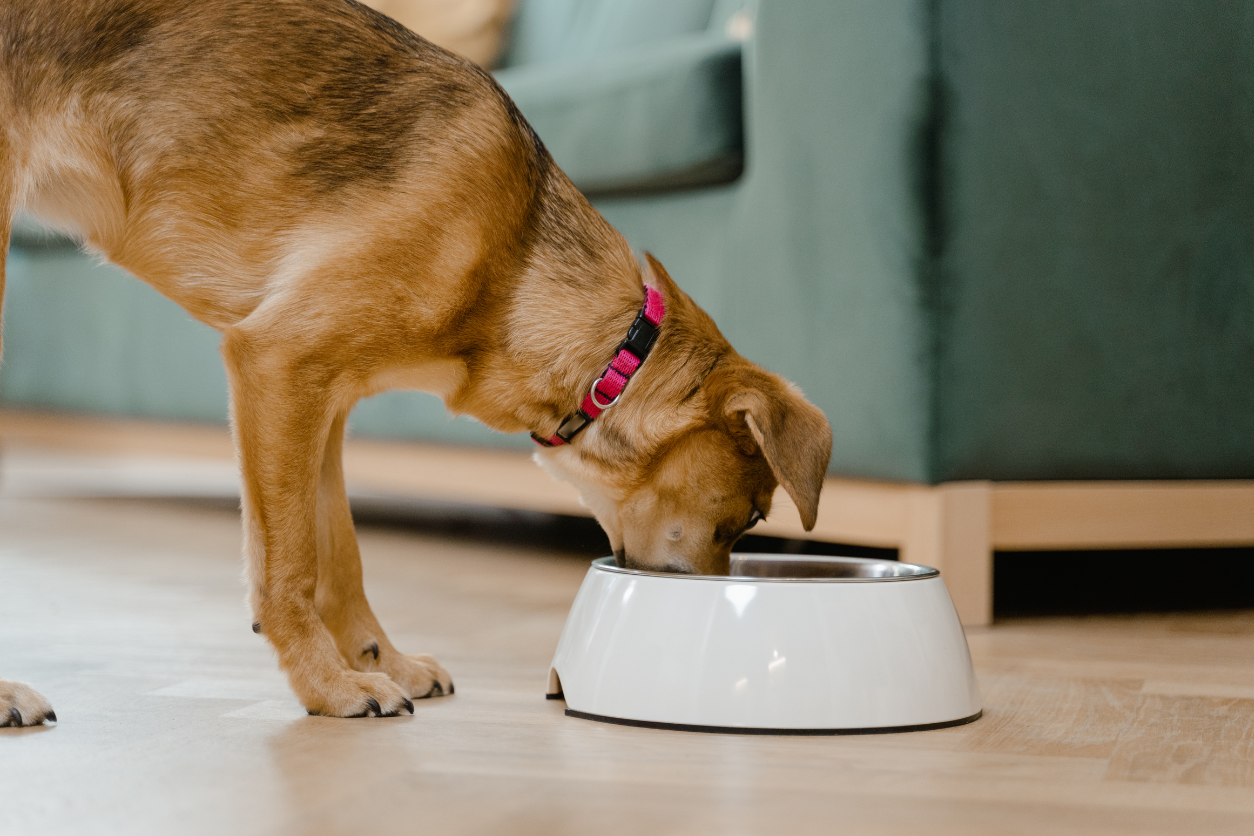How to Train Your Dog To Eat Out of Their Pet Bowl

Getting your dog to eat out of their pet bowl can sometimes be a challenge. Whether your dog is a picky eater or they’ve suddenly lost interest in their meals, it can be frustrating to figure out why they’re not eating properly. As pet owners, we want our furry friends to be happy and healthy, and part of that involves ensuring they get the right nutrition in the most straightforward way possible.
Sometimes, a dog’s reluctance to eat from their bowl might be a sign of underlying issues, ranging from health concerns to behavioral quirks. I’ve been there, wondering why my pup suddenly seems uninterested in food they used to love. In this guide, we’ll walk through some insights and practical strategies to help you train your dog to eat from their bowl, with the added peace of mind that comes from understanding potential obstacles along the way.
Related: What to Feed a Dog With an Upset Stomach
Understanding the Root of the Problem
First things first, if your dog has always been a good eater and suddenly stops eating from their bowl, it might be time to play detective. Behavioral changes can sometimes indicate health issues. It’s worth checking to see if their mouth is in good condition—look for signs of dental problems like red or bleeding gums, broken teeth, or even a foul odor from their mouth, which could be causing discomfort while eating. Also, consider any changes in their behavior, such as lethargy or signs of digestive discomfort, which might suggest a medical issue requiring a vet visit.
If you’ve ruled out medical problems and your dog is still finicky, it might be time to examine their diet. Sometimes, the issue could be as simple as the type of food you’re giving them. Dogs, like humans, have preferences and might be less inclined to eat certain types of food. Highly processed foods might not be sitting well with them, or they might not find them as appealing as fresher alternatives. Switching to a different type of food that aligns better with their natural dietary needs might do the trick.
Set the Right Environment
Creating a calm and stress-free environment for your dog during meal times can make a significant difference. Dogs are sensitive creatures, and a hectic or loud setting might discourage them from eating. It’s essential to provide a quiet space where they can eat in peace, away from other pets or distractions.
I’ve noticed that my own dogs eat better when the atmosphere around them is calm. If you have multiple pets, try feeding them separately to prevent competition or stress. If your kids are running around, consider feeding the dog during a quieter time of day. Also, be mindful of your presence and demeanor during feeding. Constantly checking on them or hovering might make them anxious. Give them some space and let them eat at their own pace.
The Right Pet Bowl Can Make a Difference
Believe it or not, the bowl itself can make a big difference in whether your dog eats happily or not. Some dogs might not like the material of the bowl, while others might be put off by the sound of their collar clinking against it. Stainless steel bowls, while popular for their durability, can sometimes be too reflective, causing visual discomfort for some dogs.
If your dog is avoiding their bowl, consider experimenting with different types of bowls or even a flat plate. A ceramic or plastic bowl with a non-slip base might be a good alternative, as it stays in place and doesn’t make much noise. Additionally, consider the bowl’s height—elevated bowls can help larger dogs eat more comfortably, reducing strain on their neck and potentially improving digestion. It’s all about finding the right fit for your pet’s needs and preferences.
Start by hand-feeding them small amounts of food from the bowl to build positive associations. Once they’re comfortable with that, gradually place more food into the bowl while encouraging them to eat from it.
Related: Can Dogs Eat Spicy Food?
It’s possible that your dog has developed specific preferences for taste and texture, which might be why they’re not too keen on their current meals. If you’ve been feeding them the same food for a while, consider switching it up to add variety. Dogs can get bored with their meals, just like we do.
Introduce new flavors or textures slowly to avoid digestive issues. Adding a bit of warm water or low-sodium broth to dry food can enhance its aroma and make it more palatable. For wet food, consider gently warming it to bring out the flavors. You can also try mixing in small amounts of high-value treats or toppers to entice them to start eating.
Be Patient
Patience is key here. If your dog seems hesitant, give them time and space to adjust. Avoid making sudden changes or showing frustration, as this could cause further anxiety. Consistency and positive reinforcement can help your dog learn to trust the feeding process again. Celebrate small victories, like when they take the first few bites from the bowl, and gradually increase the amount of food you offer until they’re eating full meals from the bowl without hesitation.
Your Pet’s Best Interest, Always
At Pet Institute, we take pet care seriously. We're dedicated to transparency, impartiality, and the well-being of your pets in every article, review, and recommendation we provide. Our unwavering commitment to these principles ensures that you, our valued reader, always receive reliable and unbiased information. Let us be your trusted guide in the world of pet care and companionship.